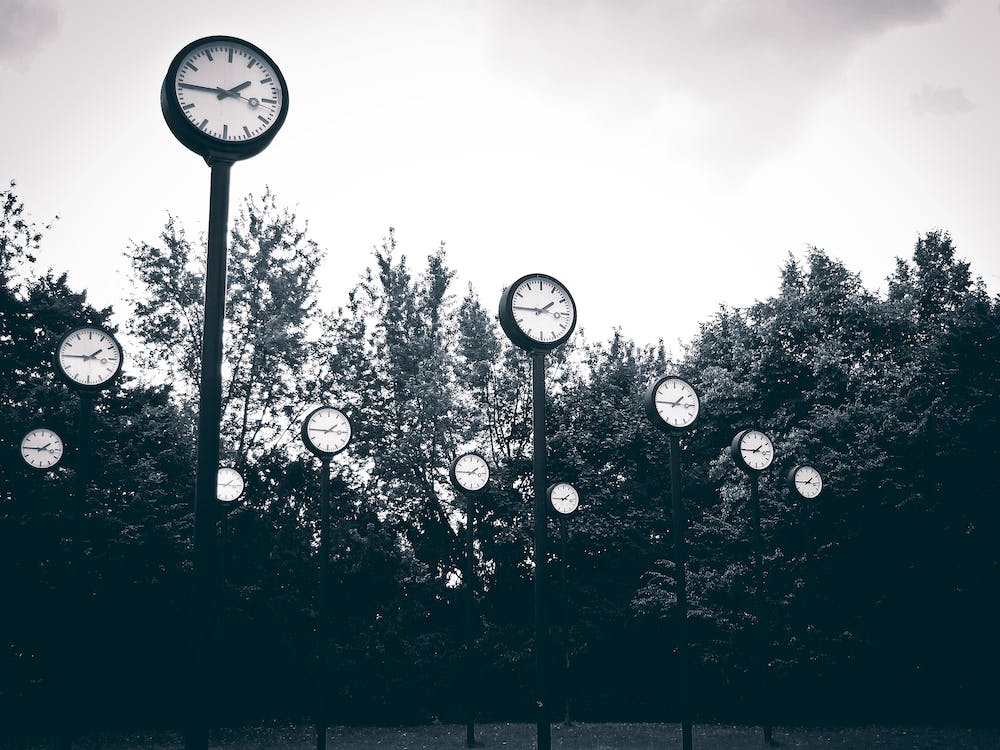
Photography played a significant role in shaping American culture during the Great Depression era. The Great Depression era, which lasted from 1929 to the late 1930s, was a period of great economic hardship and social upheaval in the United States. The stock market crash of 1929 had led to a widespread economic depression that had devastating effects on American society. During this time, photography emerged as a powerful tool for documenting and portraying the struggles and challenges faced by Americans. Through photography, photographers were able to capture and convey the stark realities of life during the Depression era, which helped to shape American culture in profound ways.
One of the most significant ways that photography shaped American culture during the Great Depression era was by bringing the struggles of everyday Americans to the forefront of public consciousness. Prior to the Depression era, photography had primarily been used for commercial and artistic purposes. However, during the Depression era, many photographers turned their lenses towards the struggles and hardships of everyday Americans. Photographers such as Dorothea Lange, Walker Evans, and Arthur Rothstein, among others, traveled throughout the United States, documenting the lives of those affected by the Depression. Their photographs provided a visual record of the struggles faced by Americans during this period, and helped to bring attention to the economic and social inequalities that had led to the Depression.
One of the most iconic photographs from the Depression era is Dorothea Lange’s “Migrant Mother.” The photograph depicts a mother and her children, who were among the thousands of families who had been displaced by the Depression and were forced to live as migrant workers. The photograph, which was taken in 1936, quickly became a symbol of the hardships faced by many Americans during the Depression era. It was widely published in newspapers and magazines, and was used by the federal government to promote New Deal programs designed to help those affected by the Depression. The photograph helped to humanize the struggles of everyday Americans, and played a significant role in shaping public opinion about the need for government intervention to address the economic crisis.
Another way that photography shaped American culture during the Great Depression era was by providing a platform for artists to explore and express their social and political views. Many photographers during this period were associated with leftist political movements, and used their art to promote social change and critique the capitalist system. For example, the photographer Walker Evans was a member of the Communist Party, and his photographs of the Great Depression were intended to expose the inequalities and injustices of American society. Evans believed that photography had the power to create social change by exposing the reality of life for many Americans during the Depression.
In addition to promoting social change, photography during the Great Depression era also played a significant role in the development of American art. Many photographers during this period embraced a documentary style, which emphasized the objective recording of reality. This style of photography was influenced by the work of the French photographer Henri Cartier-Bresson, who had developed a theory of photography called the “decisive moment.” According to Cartier-Bresson, photography should capture a single moment in time that encapsulates the essence of a situation or event. This approach to photography was adopted by many American photographers during the Depression era, and helped to shape the development of American documentary photography.
The use of photography during the Great Depression era also had a significant impact on the development of American journalism. The Depression era saw the rise of photojournalism, which was characterized by the use of photographs to tell a story. Photojournalists used photographs to document events and social issues, and their work helped to shape public opinion about important issues of the day. Many of the most famous photographs from the Depression era were published in newspapers and magazines, and were instrumental in shaping public opinion about the need for government intervention to address the economic crisis.
Finally, photography during the Great Depression era also had a significant impact on the development of American visual culture. The use of photography helped to create a new visual language that was accessible to a broad audience. The photographs of the Depression era captured the attention of Americans across the country, and helped to create a shared cultural experience. The photographs were widely reproduced in newspapers, magazines, and books, and were exhibited in museums and galleries. The use of photography also helped to democratize art, making it more accessible to everyday Americans.
In conclusion, photography played a significant role in shaping American culture during the Great Depression era. Through photography, artists were able to capture and convey the realities of life during the Depression, which helped to bring attention to the struggles and challenges faced by everyday Americans. Photography also played a role in promoting social change and critiquing the capitalist system, and helped to shape the development of American art and journalism. Additionally, the use of photography helped to create a new visual language that was accessible to a broad audience, and helped to democratize art. Overall, photography played a vital role in shaping American culture during one of the most challenging periods in American history.







